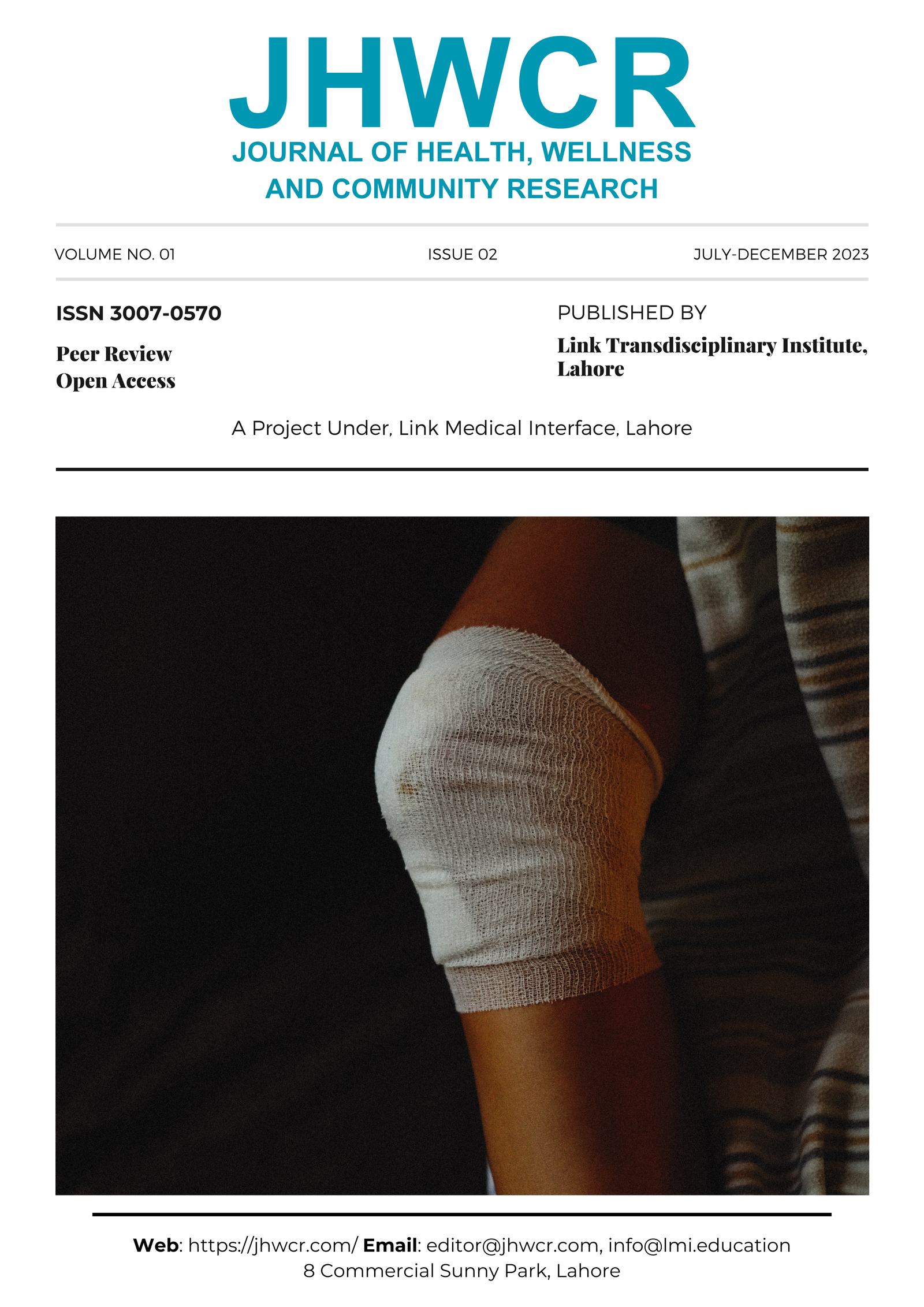Frequency of Positive Sputum Cultures and the Microorganisms Frequently Complicating Exacerbations of COPD
DOI:
https://doi.org/10.61919/22g34941Keywords:
Chronic obstructive pulmonary disease, acute exacerbation, sputum culture, bacterial pathogens, antibiotic resistance.Abstract
Background: Chronic obstructive pulmonary disease (COPD) remains a significant cause of global morbidity and mortality, with acute exacerbations frequently precipitated by bacterial infections. Regional variations in bacterial etiology necessitate localized studies to guide targeted therapy and prevent antimicrobial resistance. Objective: To determine the frequency of positive sputum cultures and identify the microorganisms frequently complicating exacerbations of COPD in a regional Pakistani population. Methods: This cross-sectional observational study was conducted at the Fatima Jinnah Institute of Chest Diseases, Quetta, from May to November 2024. Sixty patients presenting with acute exacerbations of COPD were consecutively recruited. Demographic, clinical, and socioeconomic data were collected, and quality-assured sputum samples were analyzed using standard microbiological techniques. Associations between sputum culture results and patient characteristics were assessed using Chi-square or Fisher’s exact tests, with significance set at p<0.05. Results: Positive sputum cultures were observed in 70% of patients. The most frequently isolated pathogens were Pseudomonas and Moraxella, each accounting for 26.7% of positive cultures, followed by Haemophilus influenzae (25.0%), Streptococcus pneumoniae (5.0%), Staphylococcus aureus (3.3%), Haemophilus parainfluenzae (3.3%), and Acinetobacter (1.7%). Lower income was significantly associated with higher culture positivity (p=0.027). Conclusion: Bacterial infections play a substantial role in COPD exacerbations in this region, with Pseudomonas and Moraxella predominating. Periodic local surveillance of bacterial profiles and resistance patterns is essential to optimize antibiotic stewardship and improve patient outcomes.
Downloads
Published
Issue
Section
License
Copyright (c) 2025 Muhammad Shehroz Khan, Shereen Khan, Musarat Javed, Mujeeb Ullah Khan Doutani, Syed Abdul Waheed, Gul habib (Author)

This work is licensed under a Creative Commons Attribution 4.0 International License.


